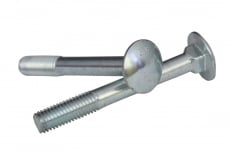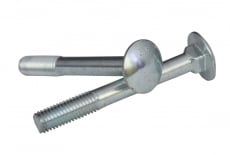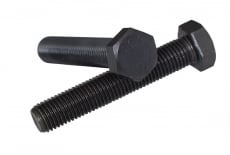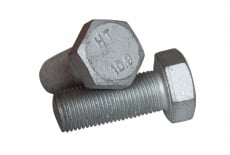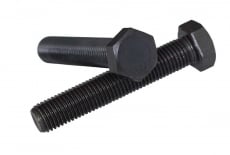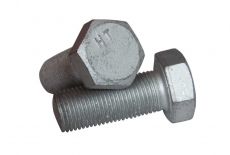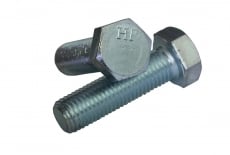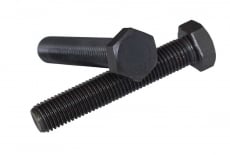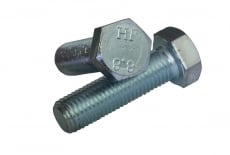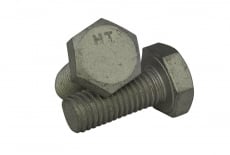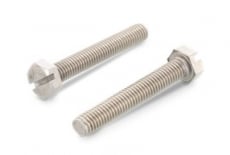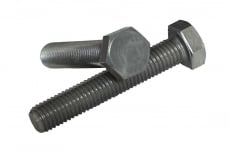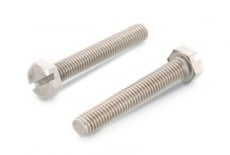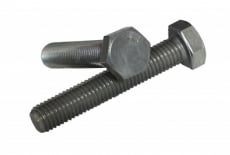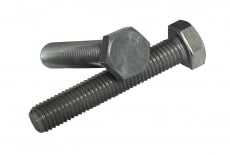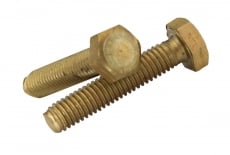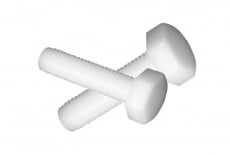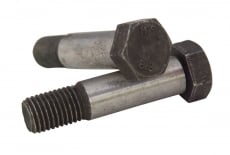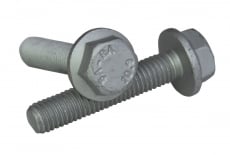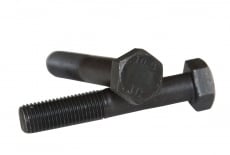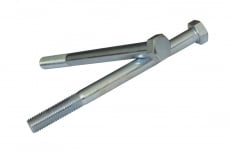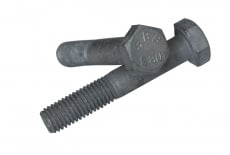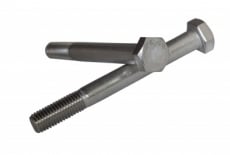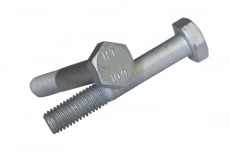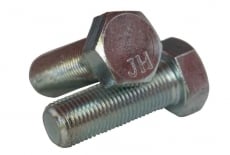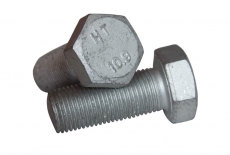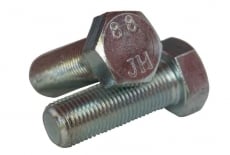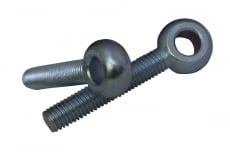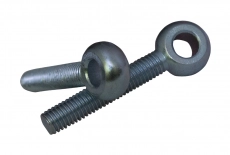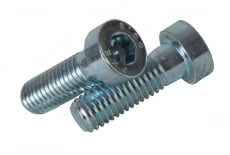Fastening for mechanical engineering: bolts and nuts of responsible parts and mechanisms
Machine-building fasteners must function properly in a variety of conditions. Parts and mechanisms of engines, conveyors, various units, power plants and other technical equipment are often exposed to atmospheric moisture, electric current, aggressive environments, chemically active liquids and other hazardous factors. Therefore, engineering bolts, screws and nuts must withstand vibration, temperature fluctuations, increased dynamic and static mechanical loads, and so on.
When it comes to agricultural engineering, vibration resistance of the fastener, which can provide rivets, is important. In the case of electrical engineering and instrumentation, the ability of the machine-building fixture to insulate or conduct electricity is taken into account. And therefore here application of brass and aluminum hardware and details from strong plastics is possible.
Mechanisms and components used in heavy transport engineering can be subjected to increased mechanical loads. Here the machine-building fastening which is presented by high-strength bolts and nuts of the increased turnkey size is actual. In aviation and missile production, in addition to strength, heat resistance and light weight are important. Here the machine-building fastening from easy non-ferrous metals has found application.
In oil and gas engineering and in mechanisms used in the chemical industry, increased corrosion resistance and chemical inertness of stainless austenitic steel fasteners are important. Not only resistance to corrosion, but also often tightness of connections is required from machine-building fastening for shipbuilding.
As you can see, the variability of requirements is incredibly wide. And yet the most common and in demand - the classic engineering fasteners: standard bolts, screws, studs and nuts.
Threaded machine-tool fastening
For assembly of details or mechanisms in mechanical engineering most often apply:
- bolts with full or incomplete thread and head in the form of a turnkey hexagon or in the form of a cylinder and a slot type internal hexagon;
- screws with heads of different shapes for different types of slots;
- nuts in the form of a turnkey hexagon.
Among the available options for machine-building fasteners should pay attention to the following hardware:
- machine-building bolt DIN 931 (ISO 4014), head - external hexagon, inch or metric partial thread, steel (uncoated, galvanized, stainless);
- machine-building bolt DIN 933 (ISO 4017), head - external hexagon, inch or metric full thread, steel (uncoated, galvanized, nylon-coated, stainless), polyamide, brass;
- machine-building bolt DIN 961 (ISO 8676), head - external hexagon, small full thread, steel (uncoated, galvanized, stainless);
- машинобудівний болт DIN 6914 (ISO 7412), головка – збільшений зовнішній шестигранник, сталь (без покриття, оцинкована);
- machine-building bolt DIN 6914 (ISO 7412), head - enlarged external hexagon, steel (uncoated, galvanized);
- machine-building bolt DIN 6921 (ISO 8100, ISO 8102), head - external hexagon with flange, small or standard thread pitch, steel (uncoated, galvanized, stainless);
- machine screw DIN 965 (ISO 7046-1, ISO 7046-2), countersunk head, cross slot or Torx slot, steel (uncoated, galvanized, stainless), brass;
- machine screw DIN 7985 (ISO 7045), semi-cylindrical head, cross or Torx slot, steel (uncoated, nylon coated, galvanized, stainless), brass;
- machine-building hexagon nut DIN 934 (ISO 4032, ISO 8673), inch or metric standard or small pitch (right or left), steel (uncoated, galvanized, stainless), brass, polyamide.
You can choose and order the necessary machine-building fasteners directly on our website.


 Bolts (63)
Bolts (63) Nuts (28)
Nuts (28) Washers, rings (18)
Washers, rings (18) Screws (12)
Screws (12) Rivets (12)
Rivets (12) Threaded Pins (6)
Threaded Pins (6) Self-tapping screws (4)
Self-tapping screws (4) Pins (8)
Pins (8) Rigging (2)
Rigging (2) Clamps (1)
Clamps (1) Cotter pins (2)
Cotter pins (2) Equipment for yachts (1)
Equipment for yachts (1)